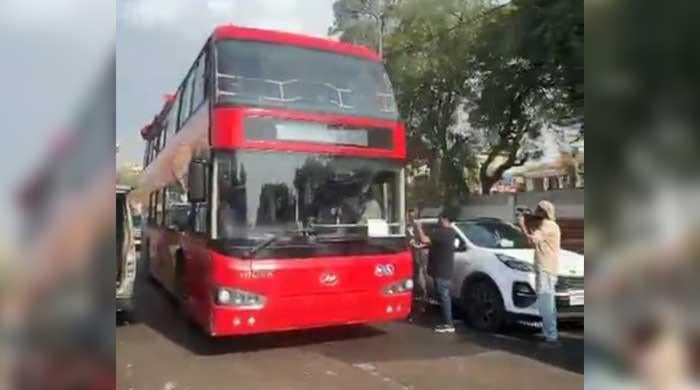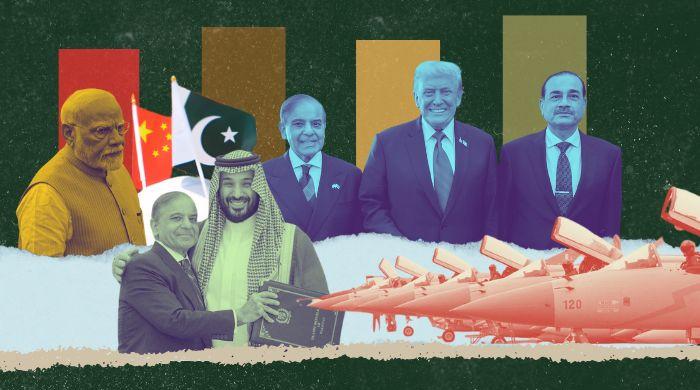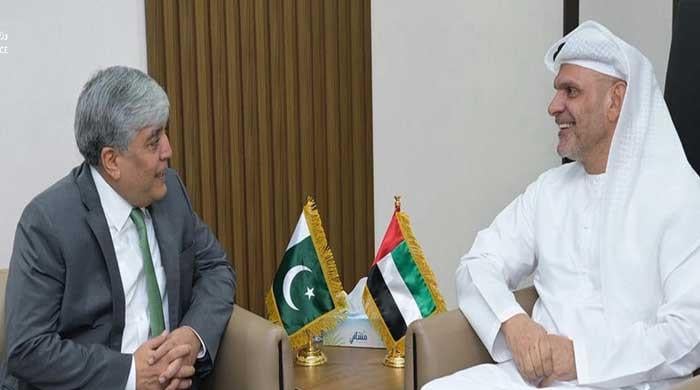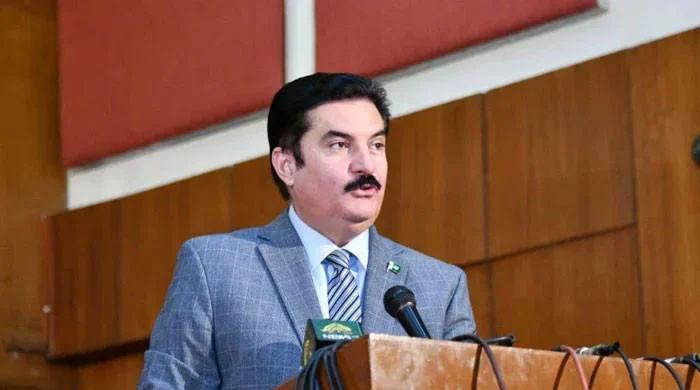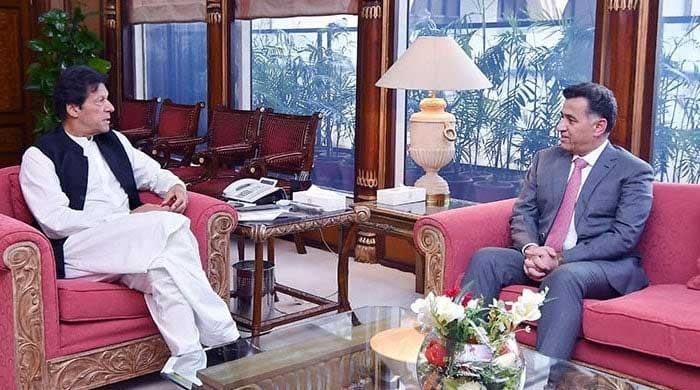The Chinese push back in Ladakh is a lesson for Modi & Co
Chinese military action in Ladakh sends clear message to New Delhi that it has a choice between military confrontation or regional cooperation
June 06, 2020
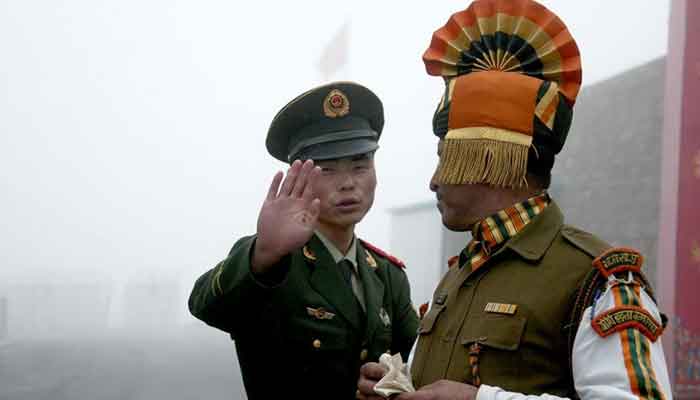
Indian Home Minister Amit Shah, speaking in the Indian parliament a day after attempting to illegally annex occupied Kashmir in Aug 2019, had loudly proclaimed that: “We will sacrifice our lives [to seize all of] Jammu and Kashmir, which includes [Azad] Kashmir and Aksai Chin [the Chinese controlled part of the Kashmir region, bordering Ladakh]."
It seems that history is repeating itself, but with India now on the receiving end.
Since May 5 this year, thousands of People's Liberation Army troops have crossed the Line of Actual control and secured dozens of kilometers of land in the Ladakh region in occupied Kashmir along the Galwan River and the entire area between Fingers 5 and 8 along the north bank of the Pangong Tso lake.
The presence of thousands of Chinese troops in the Galwan valley blocks the Indian Darbuk-Shyok-Daulat Beg road, which was finished last year and which feeds a strategic Indian brigade and airbase at Daulat Beg. Daulat Beg is just 8 kilometres from the Karakoram pass and 9 km northwest of the Aksai Chin Line of Actual Control between China and India. Daulat Beg thus has strong military value to both the Pakistani and Chinese parts of the Kashmir region.
The second major point where Chinese have stepped in is the 134-km Pangong Tso lake between India and the Tibet Autonomous Region in China, two-thirds of which is already under Chinese control.
The lake comes in the path of the Chushul valley, from which the Chinese launched their major ground offensive during their 1962 war with India. The Chinese also have fighter jets deployed at a high-altitude air base at the Ngari Gunsa airport in Tibet, located just 200 kilometers away from the Pangong Tso Lake. The Ngari air base will give air cover to PLA’s latest moves in the Ladakh region.
Chinese Foreign Minister Wang Yi, towards the end of last month, had said: “We never pick a fight or bully others, but we have principles and guts. We will push back against any deliberate insult to resolutely defend our national honor and dignity”.
For all his bluster during his aforementioned chest-thumping speech, Amit Shah seems to be now having trouble finding his voice. He has kept a low profile after the Chinese military movement and recently had to issue a statement about his health to defuse speculation about what he's up to.
Meanwhile, Modi is sending a senior general to talk to his Chinese counterpart on June 6 in a bid to resolve the issue.
While New Delhi is trying to defuse the situation, it knows the stakes are high: India yesterday moved the 60 Bofor Guns to the Ladakh region to fend off further Chinese action.
China had gained significant territory in the Kashmir region during the 1962 war, which had happened after provocations over Tibetan leader Dalai Lama's exile to India in 1959.
At the time, America had thrown its weight behind India. Then senator and later president John F Kennedy in his address on May 4, 1959 had remarked: “ I have spoken here today about India’s race with Red China. We want India to win that race. We want India to be a free and thriving leader of a free and thriving Asia”.
Then Indian prime minister Nehru had subsequently written to Kennedy in 1962 to request air support and help defuse Chinese military action.
The pattern remains the same with an expanded theater, as the US Defense department continues to see India as a major player in containing China in the Indo-Pacific region.
However, the Modi government has denied talking to US President Donald Trump about Chinese military movement in the region. A statement in this regard was issued after Trump stated that Modi was not in a good mood about Chinese actions.
China and India have yet to conclude disputes over their borders and also have tensions over Tibet. India and the US have also taken strong exception to Beijing's Belt and Road Initiative and the China Pakistan Economic Corridor, and India recently supported a resolution at the World Health Organisation to probe the origins of COVID-19 in what is a clear attempt at weakening China's global standing.
However, the European Union and Middle Eastern countries have recently begun questioning India’s treatment of Muslims and other minorities under the Modi regime.
With a vicious pandemic, a shrinking economy and a negative reaction to Hindutva politics occupying New Delhi's attention, and massive uncertainty taking over the US, the BJP government may find its expansionist agenda seriously thwarted.
After a stern warning to India over Kashmir during an Eid visit to the Line of Control, our Army Chief, Gen Qamar Bajwa, had commented that the resolution of disputes is must for peace and prosperity in South Asia.
The Chinese president too has has held two summits with the Indian prime minister since 2018 to improve regional cooperation.
However, the Chinese military moves in Ladakh are a clear signal to the Indian leadership that it has a choice between a path of peaceful and harmonious co-existence or a military confrontation in the region.





